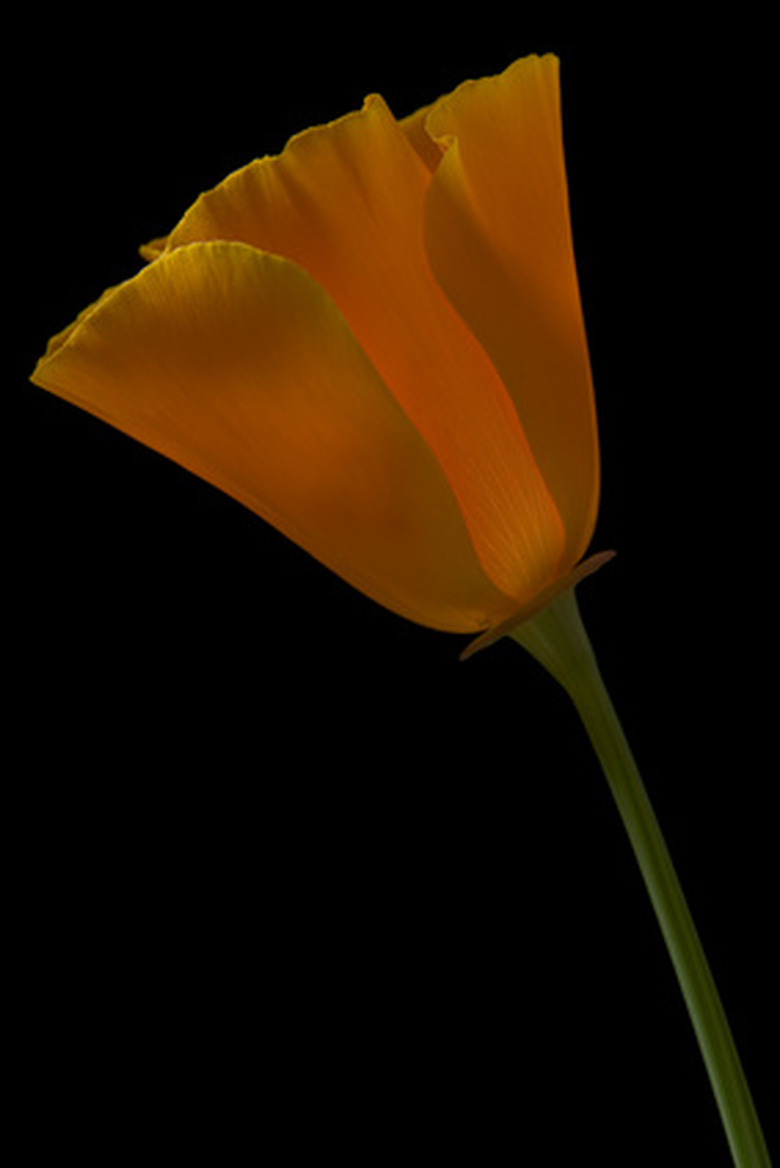What Plants Close Their Blooms At Night?
A few flowering plants close their blossoms at night. Bees gravitate to these flowers and can often be found sleeping in the closed blooms. If you're concerned about bees in your yard after dark, plant these flowers and the bees will not bother you as they sleep through your outdoor activities.
Hibiscus
A tender tropical flowering shrub, nearly all varieties of hibiscus (Hibiscus syriacus), also known as Rose-of-Sharon, close their showy flowers at night. Hibiscus grow up to 8 feet high and spread about 4 feet. They produce their large, 4-inch, single or double flowers all summer on long, non-branching stems. Flower colors are white, shades of red, pink, magenta, violet, or bi-colors where the throat is a different color than the petals. Grow hibiscus in full sun to partial shade in moist, well-drained, fertile soils that are high in organic matter. However, the plant can adapt to sandy or clay soils, compacted soils, drought and pollution, making it tolerant of urban conditions. Hibiscus are also tolerant of heavy pruning.
- A few flowering plants close their blossoms at night.
- A tender tropical flowering shrub, nearly all varieties of hibiscus (Hibiscus syriacus), also known as Rose-of-Sharon, close their showy flowers at night.
California Poppy
A perennial groundcover in its native habitat, the California poppy (Eschscholzia californica) grows just 8 to 24 inches high. It produces single, papery, 2-inch flowers at the tips of its stems, which close at night or on cloudy days. Flowers of California poppies are shades of orange and gold, with some varieties containing splotches of contrasting color on the inside of the petals. Remove dead flowers to prevent them from going to seed and going dormant for the season. They prefer to grow in full sun. California poppies are drought tolerant, but irrigation during summer will prolong the season of bloom.
Osteospermum
A large group of approximately 70 species, including annuals, perennials and shrubs, the Osteospermum species originates in South Africa. All have single, daisy-like flowers in shades of white, pink, peach, rose, yellow, purple and bi-colored. Varieties grow from 6 to 30 inches high and produce the most flowers during early spring through midsummer. A four-week period of nighttime temperatures below 60 degrees F is necessary for them to begin producing flowers. They will stop blooming during summer's heat and resume when cooler fall weather arrives. Grow them in full sun in soil that is slightly acidic and fertilize them sparingly. Pinch the growing tips when the plants are 6 inches high to encourage branching. The Osteospermum species includes varieties such as cape daisy, South African daisy and sunscape daisy, among others.
- A perennial groundcover in its native habitat, the California poppy (Eschscholzia californica) grows just 8 to 24 inches high.
- California poppies are drought tolerant, but irrigation during summer will prolong the season of bloom.
